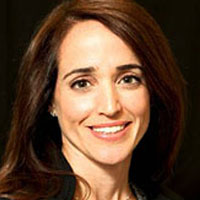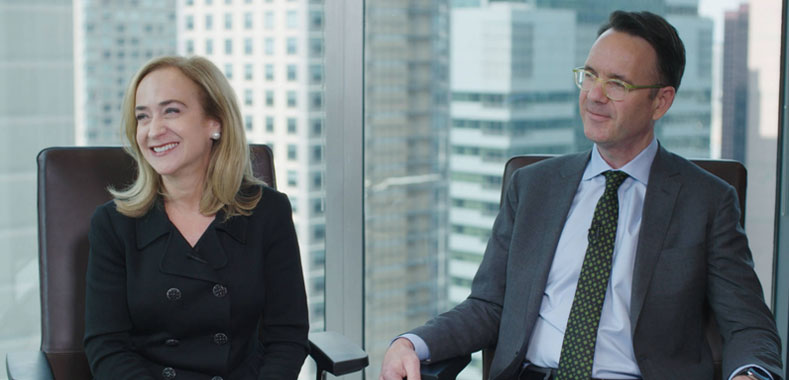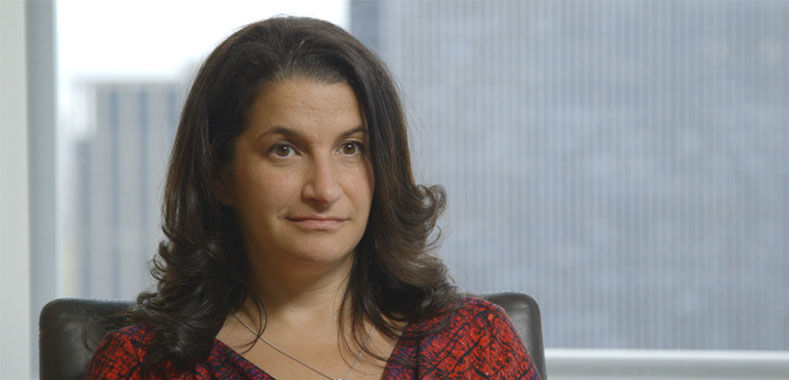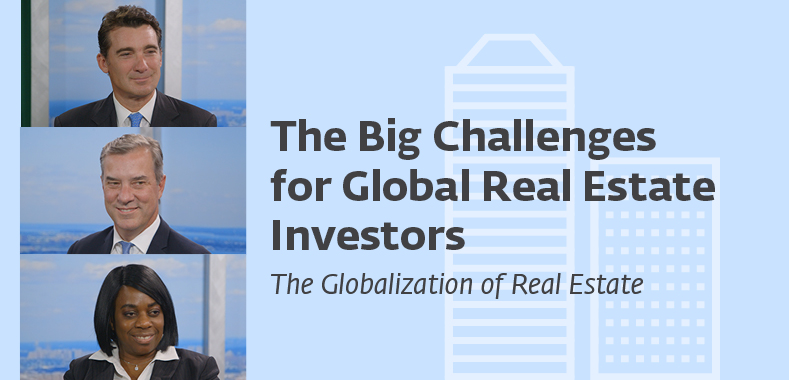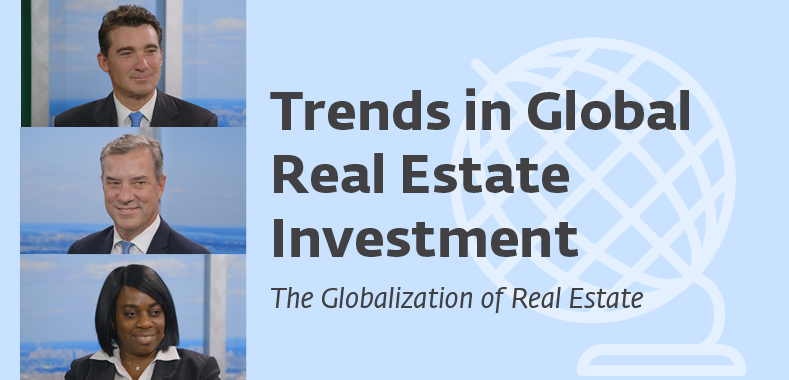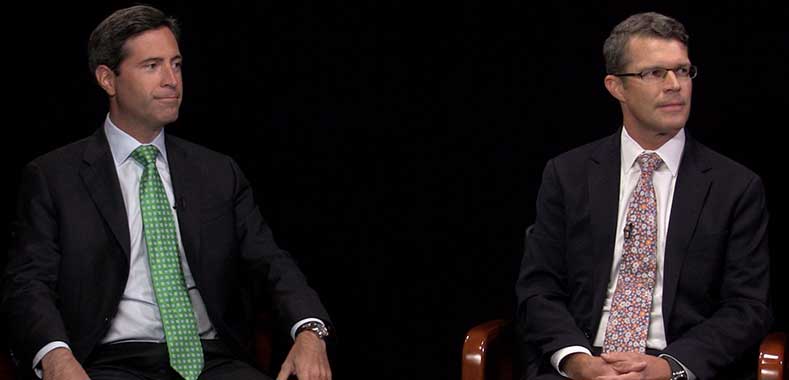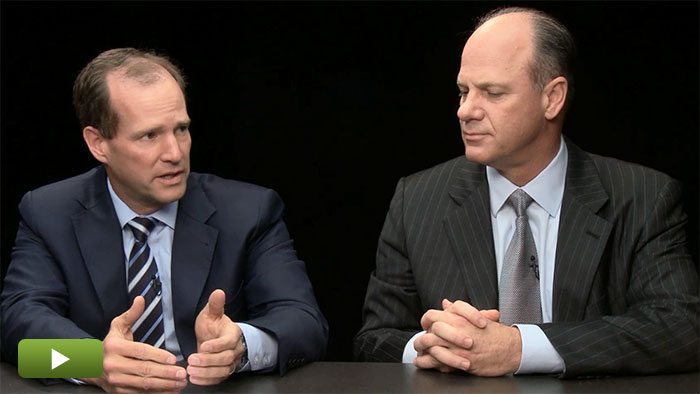A Nimble Approach to Value-Add Real Estate
A value–add real estate investor discusses the current opportunity, how she views development risks, investing up and down the capital stack and why she sticks to the top 25 markets in the US.
Transcript Download Transcript
A Nimble Approach to Value-Add Real Estate
David Snow, Privcap:
We’re joined today by Soultana Reigle, a Senior Portfolio Manager of PGIM Real Estate. Soultana, welcome to Privcap, thanks for being here.
Soultana Reigle, PGIM Real Estate:
Great, David, thank you for having me.
Snow: So you’re a veteran investor with PGIM Real Estate, and so I’m fascinated to hear about your view of what’s going on in the market right now. Let’s talk about the value-add opportunity, and that’s a huge category in the private real estate investing, but it changes as the market opportunity changes.
Reigle: We’re in an environment where cap rate compression is over, and I think the cap rate compression over the last few years was able to generate some beautiful returns across the industry, whether you were a core investor or a value-add investor. And I think we’re now in an environment where we’re focused on income and asset management and really being able to anticipate what the market wants to buy and sell into that market accordingly. We’re going to have to work very hard for every basis point of return and to try to be as perfect as possible.
Snow: What are some opportunities or players that are now falling within your definition of value-add, especially in today’s specific market conditions?
Reigle: Yeah, and as the cycle progresses, you shift that strategy. You might in the early cycle be focused on development and more growth-oriented strategies. Later in the cycle, like now, you may be shifting to income-oriented strategies that are more traditional value-add in nature in terms of just a least separate capital play on an existing investment, or you might start shifting geographically. You might start looking at suburbs versus urban core, which can be quite expensive at this point in the cycle. You might start looking at different parts of the capital stack, investing in preferred equity or mezzanine, as opposed to traditional equity.
Snow: Or imagine that an investment platform would need to be fairly nimble in order to respond to those kinds of changing opportunities.
Reigle: Yes, that’s very true. And I think running a commingled value-add fund, which can invest across property types, that’s an advantage. That we can shift our strategy, we can both react to what we see going on in the market, but also be very proactive, as well, and really, for us it’s a discipline of trying to look around the next bend in the road, and be very anticipatory as far as where we see opportunities coming and what we think will enhance our fund return and play into our strategy.
Snow: What is your view of development in today’s market and in what circumstances is it appropriate for your opportunity?
Reigle: Development has been our bread and butter in the fund that I run, and it has been a cross-property type, so we’ve developed retail, industrial, office, self-storage, multi-family. And you know, what we’re experiencing now is that it remains an opportunity for us, particularly in the multi-family and industrial sectors. And I think what we have to do now is really just calibrate or recalibrate our return expectations. We’re earlier on this cycle, profit margin on development, where you’re building at cost, you’re creating the value through leasing and through market opportunities. You know, those profit margins were 50%, now they’re 25%, which is really what on a historical normalized basis is about right. So I think it’s really just expecting to still get a good risk-adjusted return but not at the same levels we were seeing earlier in the cycle.
Snow: You mentioned multi-family and industrial. What are some mitigating factors against development that gives you greater comfort in investing in these types of opportunities?
Reigle: Yeah, and I think in both cases it’s the demand drivers. On the apartment side, the millennial and baby boomer demographic demand is continuing to keep up with supply, and we think will be a factor over the next, at least three to four years. That will be positive for multi-family. And on the industrial side, as well. I think the secular shift of eCommerce demand. We don’t see that changing in the near term, and I think it’s really going to be something that supports industrial development for at least the next few years, and will continue to be focused on that.
Snow: And is your relatively new found interest in the suburbs driven by the story of millennials establishing families for the first time? Is that a big driver?
Reigle: Yeah, that’s definitely part of it. That the millennials who’ve been our apartment dwellers for the last few years, they’re looking to get married later. They’re having children later, but they’re ultimately at that point where they’re looking to move out into the suburbs and maybe not ready quite for that home ownership stage, or maybe they’re building a new home and needing to be in an apartment for a while, but we definitely see that as something that will be an influence on the suburbs, a positive influence over the next few years.
Snow: You mentioned looking at different opportunities in the capital stack. In what circumstances would you find an investment, in let’s say a preferred type of security or a debt-like instrument, be appropriate?
Reigle: Right now banks have really tightened up their construction financing based on regulations imposed on them, and capital charges that they face that are quite punitive, and that pull back in terms of both, number of construction loans they’re prepared to offer or the level of proceeds. If they do write a construction loan, it means that it’s created a gap in the capital stack between where the senior lender is prepared to offer a loan and the borrower is prepared to fund their equity. And being able to take advantage of a capital market’s dislocation like that and fund that gap piece of financing, whether it’s preferred equity or mezzanine, we find that really attractive. And for our fund and as a valued-add investment, what it means is that you’re making an equity-like return for a more conservative part of the capital stack.
Snow: Let’s talk about geography. You know markets like New York City and San Francisco are certainly toppy, are certainly very richly-priced. What other markets are you looking at and how do you evaluate them as being something that you would be interested in?
Reigle: We remain focused on the top 25 US markets, and a lot of that has to do with liquidity, because we are short-term hold investors. We’re looking at the same markets, but we’re looking at them differently. As I mentioned, we may not be looking at the urban core, we may be looking at the suburbs, but what we start with is how is the health of the overall metro area? I would say, generally we’re staying away from the more tertiary markets, with the exception of necessity-based retail. So, grocery and group retail in smaller markets we think are still very attractive. And I look back at how some of our investments in that space performed in the global financial crisis. You know, we had one retail center in Louisville, Kentucky. That was one of our best performing assets and one of the most defensive assets during that financial crisis. So it’s kind of interesting to look back and see that these smaller markets can be impactful and can be a positive part of your portfolio. But generally we’re going to be looking at those in fewer of the property type sectors.
